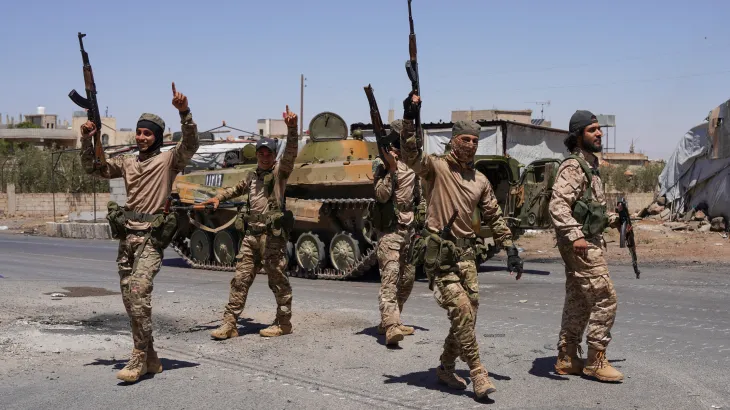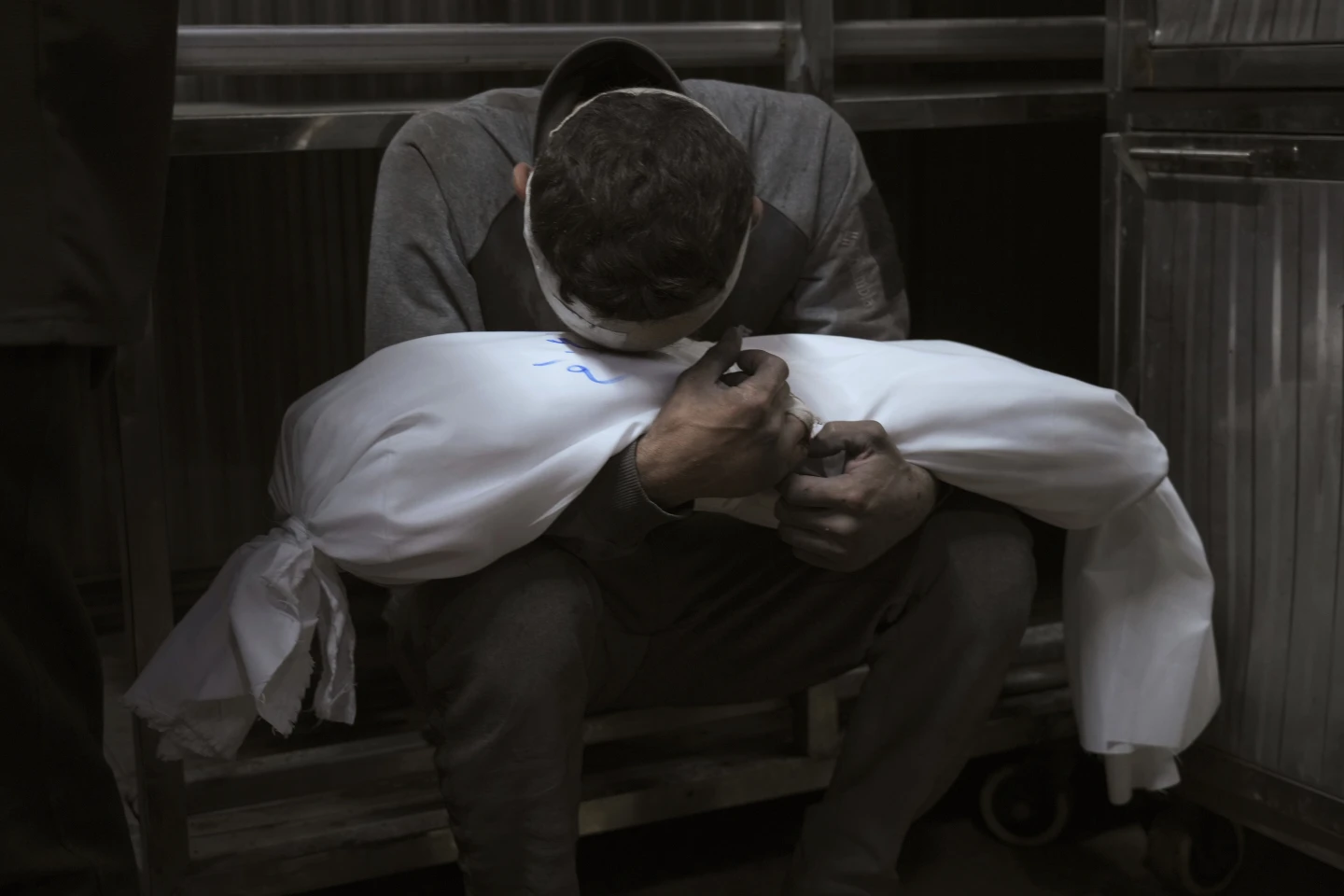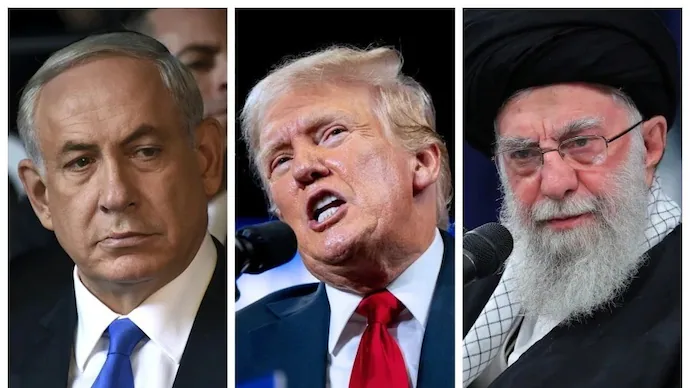Iran’s Retaliation Against Israel: A New Escalation in Middle East Tensions.

The long-standing hostilities between Iran and Israel reached a new and dangerous high in June 2025, as Tehran launched a large-scale missile and drone attack against Israeli targets. This was a direct response to a massive Israeli military operation — dubbed "Operation Rising Lion" — that struck over a hundred sites in Iran, including military bases and nuclear facilities. The back-and-forth retaliation has now triggered a sharp rise in regional and global tensions, with calls for de-escalation growing louder across the international community.
On June 13, 2025, Israel carried out what many international observers described as its "largest and most coordinated aerial assault" inside Iranian territory. According to reports from The Guardian and AP News, Israeli fighter jets struck more than 100 sites across Iran, including key nuclear research centers, missile factories, and IRGC (Islamic Revolutionary Guard Corps) command posts. Among the casualties were three high-ranking Iranian generals and numerous civilian workers at military-linked facilities. The death toll inside Iran stood at 78, including scientists and technicians connected to Iran’s nuclear program.
Israel defended the operation as a “preemptive necessity,” claiming that intelligence showed Iran was preparing for a direct attack on Israeli population centers.
Within hours of the Israeli strikes, Iran retaliated with a large-scale missile and drone assault. The campaign, referred to by Iranian media as "Operation True Promise III," targeted multiple locations in Israel, including Tel Aviv, Jerusalem, and key military installations in the Negev Desert. As per Reuters and The Washington Post, Iran launched over 150 ballistic missiles and more than 100 drones in a massive show of strength.
While Israeli defense systems, including the Iron Dome and Arrow 3 interceptors, managed to intercept a significant number of incoming threats, several missiles struck residential areas. At least three Israelis were confirmed dead, and over 91 were injured. The Israeli government condemned the attack as "an act of war" and vowed a firm response.
Beyond the immediate destruction, the escalation has exacted a heavy price on both sides. In Iran, civilian areas near military installations suffered collateral damage, while in Israel, residents in central cities were forced into bomb shelters for extended periods. Schools, transportation, and businesses were temporarily shut down as the nation braced for further strikes.
Strategically, the situation has brought the shadow war between the two nations into the open. What was once confined to cyberattacks, covert assassinations, and proxy warfare has now exploded into direct military confrontation.
The international response was swift. The United Nations Secretary-General and leaders from the European Union and the United States have urged restraint, calling for immediate ceasefire talks. Pope Leo XIII described the situation as “a humanitarian disaster in the making.” Meanwhile, oil prices surged due to fears of regional instability, and civilian air traffic across the Middle East was severely disrupted.
Iran also warned Western powers that any material support to Israel would turn American, British, and French bases in the region into “legitimate targets.” This has heightened fears of a broader conflict drawing in NATO countries.
The ongoing tit-for-tat military operations between Iran and Israel mark one of the gravest escalations in Middle Eastern geopolitics in over a decade. With both sides suffering casualties and infrastructure damage, the risk of full-scale war looms large. While calls for peace are increasing globally, a durable resolution appears elusive unless both nations are compelled to return to the negotiating table. As the world watches anxiously, the path ahead will depend largely on diplomacy — or its failure.
On June 13, 2025, Israel carried out what many international observers described as its "largest and most coordinated aerial assault" inside Iranian territory. According to reports from The Guardian and AP News, Israeli fighter jets struck more than 100 sites across Iran, including key nuclear research centers, missile factories, and IRGC (Islamic Revolutionary Guard Corps) command posts. Among the casualties were three high-ranking Iranian generals and numerous civilian workers at military-linked facilities. The death toll inside Iran stood at 78, including scientists and technicians connected to Iran’s nuclear program.
Israel defended the operation as a “preemptive necessity,” claiming that intelligence showed Iran was preparing for a direct attack on Israeli population centers.
Within hours of the Israeli strikes, Iran retaliated with a large-scale missile and drone assault. The campaign, referred to by Iranian media as "Operation True Promise III," targeted multiple locations in Israel, including Tel Aviv, Jerusalem, and key military installations in the Negev Desert. As per Reuters and The Washington Post, Iran launched over 150 ballistic missiles and more than 100 drones in a massive show of strength.
While Israeli defense systems, including the Iron Dome and Arrow 3 interceptors, managed to intercept a significant number of incoming threats, several missiles struck residential areas. At least three Israelis were confirmed dead, and over 91 were injured. The Israeli government condemned the attack as "an act of war" and vowed a firm response.
Beyond the immediate destruction, the escalation has exacted a heavy price on both sides. In Iran, civilian areas near military installations suffered collateral damage, while in Israel, residents in central cities were forced into bomb shelters for extended periods. Schools, transportation, and businesses were temporarily shut down as the nation braced for further strikes.
Strategically, the situation has brought the shadow war between the two nations into the open. What was once confined to cyberattacks, covert assassinations, and proxy warfare has now exploded into direct military confrontation.
The international response was swift. The United Nations Secretary-General and leaders from the European Union and the United States have urged restraint, calling for immediate ceasefire talks. Pope Leo XIII described the situation as “a humanitarian disaster in the making.” Meanwhile, oil prices surged due to fears of regional instability, and civilian air traffic across the Middle East was severely disrupted.
Iran also warned Western powers that any material support to Israel would turn American, British, and French bases in the region into “legitimate targets.” This has heightened fears of a broader conflict drawing in NATO countries.
The ongoing tit-for-tat military operations between Iran and Israel mark one of the gravest escalations in Middle Eastern geopolitics in over a decade. With both sides suffering casualties and infrastructure damage, the risk of full-scale war looms large. While calls for peace are increasing globally, a durable resolution appears elusive unless both nations are compelled to return to the negotiating table. As the world watches anxiously, the path ahead will depend largely on diplomacy — or its failure.







